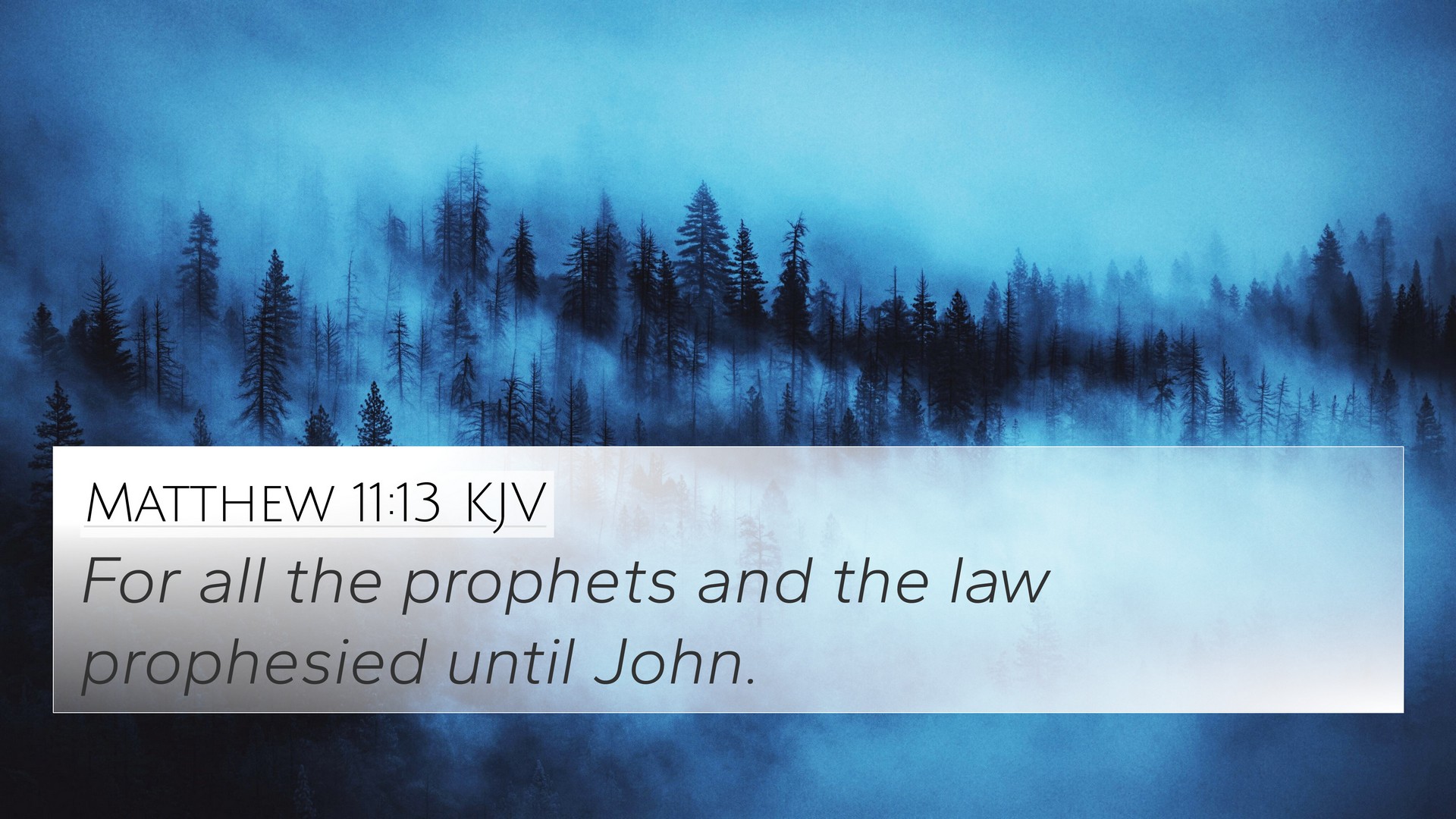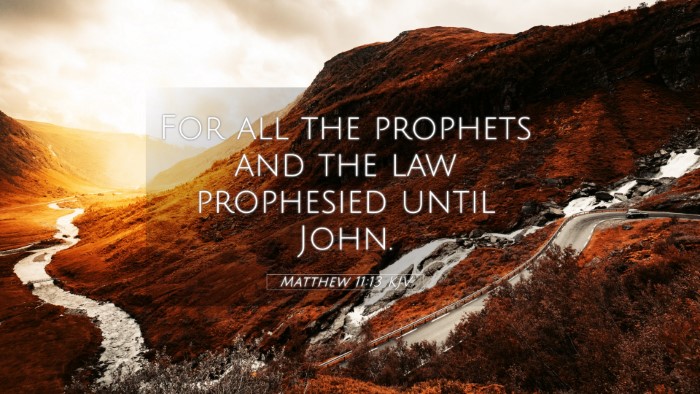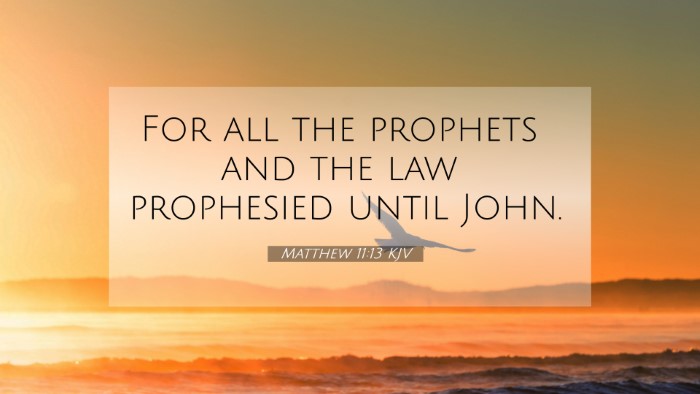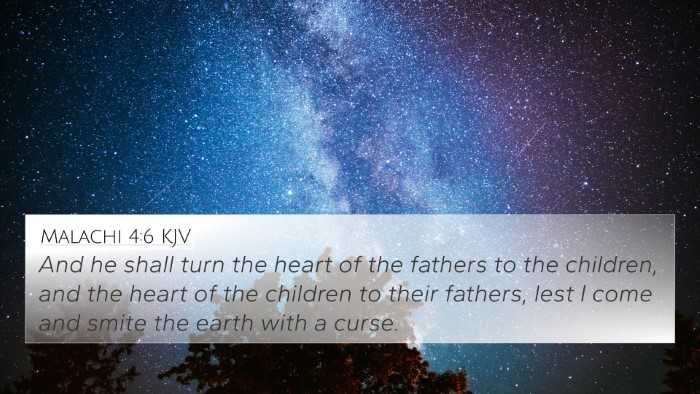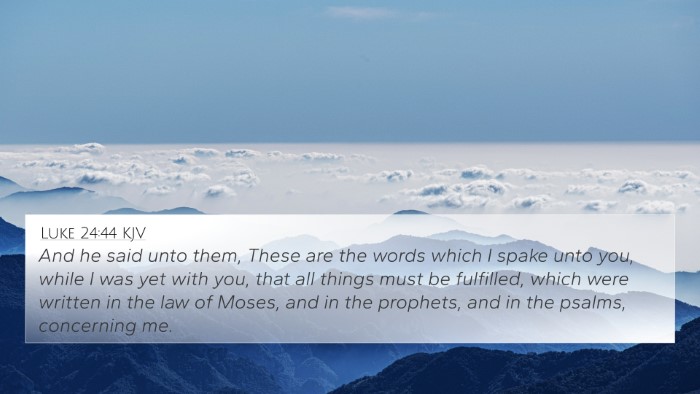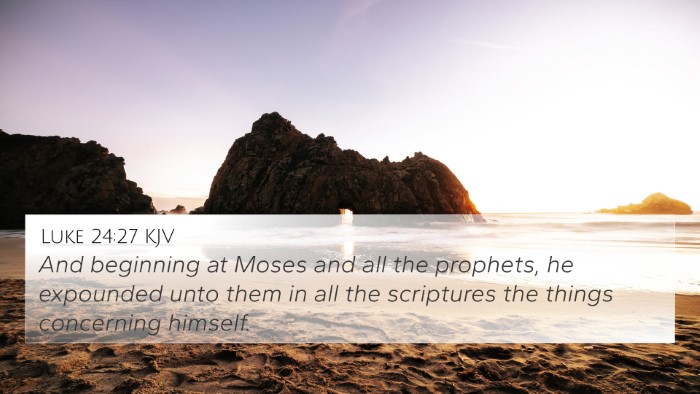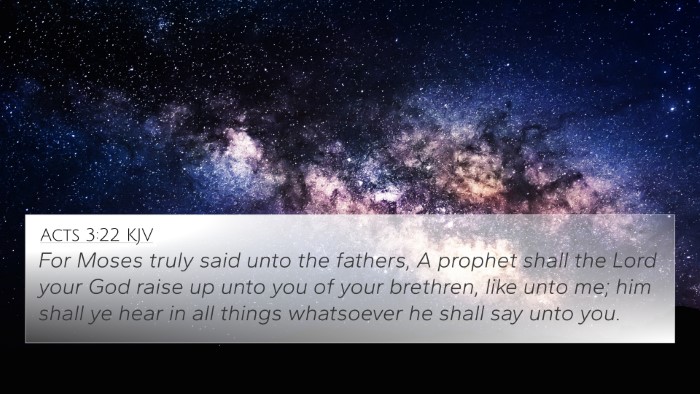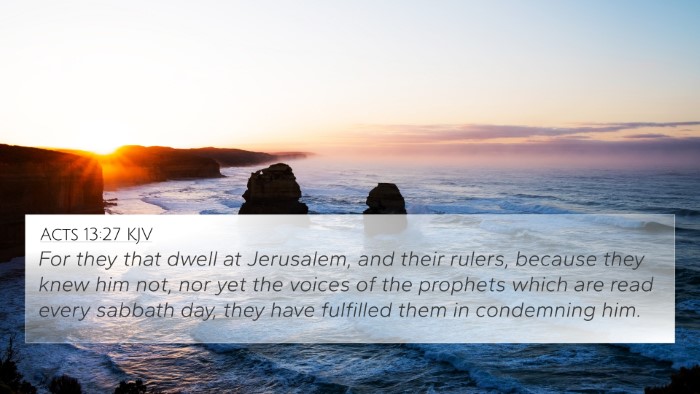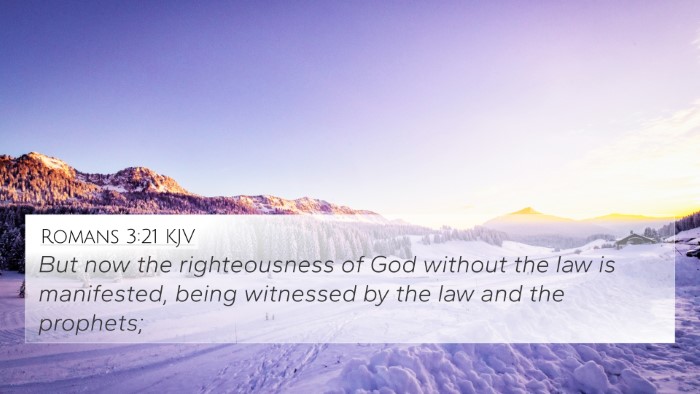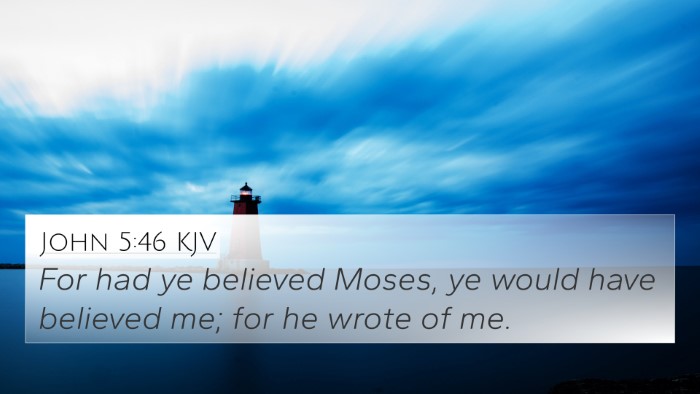Understanding Matthew 11:13
Matthew 11:13 states: "For all the prophets and the law prophesied until John." This verse encapsulates a significant transition in biblical history, highlighting John the Baptist's role between the Old Testament prophets and the New Testament revelation in Christ.
Verse Meaning and Interpretation
This verse signifies the culmination of prophetic tradition, as John embodies the last prophet of the Old Covenant and the herald of the New Covenant. Notable public domain commentaries provide insights that help illuminate this meaning:
- Matthew Henry: Henry emphasizes the prophetic line leading to John, asserting that the Mosaic Law and the prophetic writings pointed consistently toward the coming Messiah. John's unique position is that he not only prophesies about Christ but also prepares His way.
- Albert Barnes: Barnes notes that John represents the end of the old dispensation. He links the teachings of the Law and the Prophets with John's mission. The arrival of Jesus signals a new beginning where the fulfillment of the law is found.
- Adam Clarke: Clarke points out that John the Baptist serves as a bridge linking two major sections of the biblical narrative—the Law and the New Testament. He highlights John's message of repentance and preparation for the Kingdom of Heaven as pivotal for understanding Christ’s mission.
Connections to Other Biblical Texts
Matthew 11:13 engages in inter-Biblical dialogue, resonating with numerous other texts that share thematic connections. Here are some significant cross-references:
- Luke 16:16: "The law and the prophets were until John; since that time the kingdom of God is preached." Both verses affirm the transitional role of John.
- Matthew 5:17: "Think not that I am come to destroy the law, or the prophets: I am not come to destroy, but to fulfill." This later reinforces the purpose of the Law leading to Christ's fulfillment.
- Hebrews 1:1-2: "God, who at sundry times and in divers manners spake in time past unto the fathers by the prophets, hath in these last days spoken unto us by his Son." This highlights the culmination of prophetic words in Christ.
- Mark 1:4: "John did baptize in the wilderness, and preach the baptism of repentance for the remission of sins." John's proclamation directly connects with his role as a prophetic figure.
- Acts 13:24: "When John had first preached before his coming the baptism of repentance to all the people of Israel." This confirms John's preparatory work before Christ's arrival.
- Isaiah 40:3: "The voice of him that crieth in the wilderness, Prepare ye the way of the LORD, make straight in the desert a highway for our God." This earlier prophecy about John reflects the fulfillment in the New Testament.
- John 1:6-7: "There was a man sent from God, whose name was John. The same came for a witness, to bear witness of the Light, that all men through him might believe." Reinforces John's mission and purpose relative to Jesus.
- Revelation 19:10: "For the testimony of Jesus is the spirit of prophecy." This highlights that all prophetic voices lead to and testify of Jesus Christ.
Comparative Bible Verse Analysis
By exploring Bible verse cross-references concerning Matthew 11:13, one can identify the rich thematic tapestry that connects the Old and New Testaments. Here, we draw out the connections present in cross-referencing biblical texts:
- Linking Bible scriptures: Both John the Baptist and the Old Testament prophets were called to prepare the way for God's revelation - this theme is consistent throughout Scripture.
- Bible verses that relate to each other: The reliance on preceding prophecies underscores the continuity of God's plan through various covenants, as shown in both the Old and New Testaments.
- Cross-referencing Biblical texts: Relationships can be drawn between preparatory messages in the Old Testament and the immediate call for repentance by John, bridging the two dispensations.
- Scriptural cross-referencing: Each reference not only stands alone but collectively offers a deeper understanding of John’s role and significance in God’s overarching narrative.
Thematic Bible Verse Connections
This verse serves as a gateway to explore broader themes throughout scripture:
- Prophecy: The unbroken line of prophetic witness from the Old Testament culminating in John invites deeper reflection.
- Covenant: Understanding the transition from the Old Covenant to the New Covenant is vital in scriptural study.
- Preparation for Christ: The overarching narrative calls believers to recognize the importance of repentance and the kingdom message introduced by John.
Tools for Bible Cross-Referencing
To assist with deeper study and connections, utilizing various Bible reference resources can greatly enhance understanding:
- Bible concordance: A valuable tool for locating terms and themes across scripture.
- Bible cross-reference guide: Provides structured ways to explore thematic relationships.
- Cross-reference Bible study: Methods for exploring interconnections can be incredibly insightful.
- Bible chain references: Tracking a theme or narrative through various books elucidates the harmony of scripture.
Conclusion
Matthew 11:13 serves as a crucial verse in understanding the transition from the prophetic tradition to the revelation of Christ. The insights from public domain commentaries combined with the inter-Biblical dialogue it sparks make it a key scripture for those engaging in comparative Bible verse analysis. By exploring its connections with other verses, one may gain a deeper appreciation for the intricate layers of God's Word and the preparatory work leading to the arrival of Jesus Christ.
